How to Make Your Borosilicate Glass Vibrant with Little Effort
TEATIME NOTES
Find tips, recipes, and articles to increase your delight and enjoyment of tea.
How to Make Your Borosilicate Glass Vibrant with Little Effort
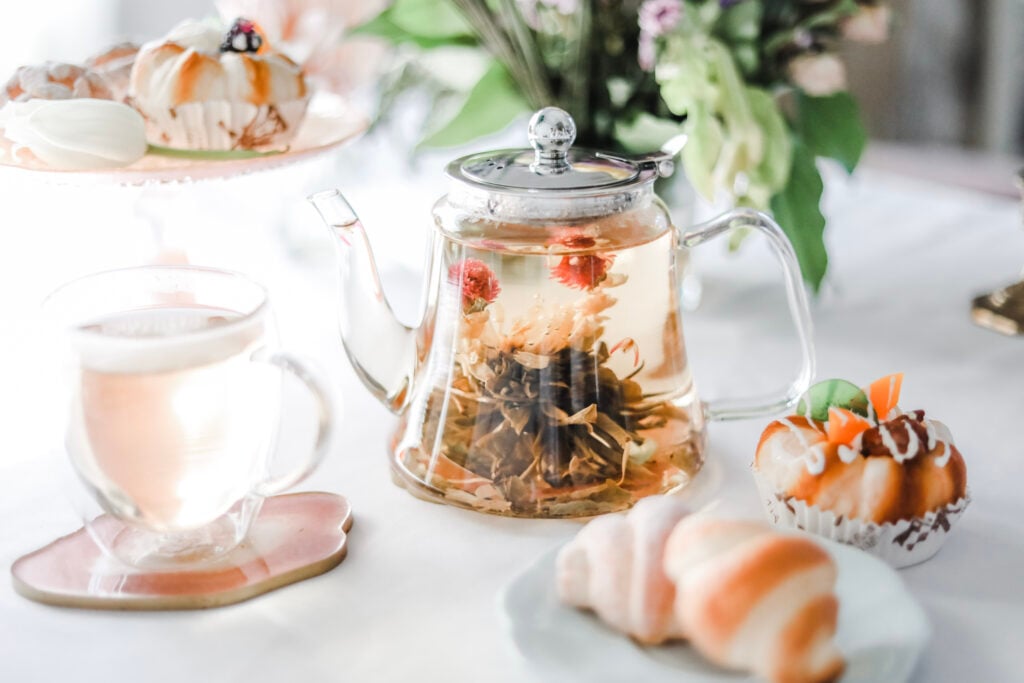
Surprisingly Easy Ways to Take Care of Your Teaware
How do you clean a teapot? Teaware can be challenging to care for. Tea stains are a headache to remove — and you are sick of using bleaches, brushes, sponges, and Bar Keepers Friend to get your teaware back to its original shine and sparkle.
You might think cleaning textured stoneware or metallic tea cups and teapots can feel like a waste of time — you might opt to just empty and rinse out your teapot instead of giving it a good scrub. No one blames you — it’s much easier!
But this could leave you with lingering stale flavors and leftover residue from the tea you just enjoyed. And if you drink more than one kind of tea, you might contaminate the flavor of the next tea you put in your teapot.
Does the idea of even using a teapot make you roll your eyes? — You don’t want to think of dealing with the headache that comes along with having to maintain and care for these trinkets.
You might want a teapot but you don’t want to worry about how to clean your teapot. Instead, you plop a teabag in a mug and call it a day. But even cleaning out the stains on that tea mug of yours can be a chore.
There is an easier way to enjoy tea and care for your teaware that doesn’t involve scrubbing and harsh chemicals. Cleaning your teapot and teaware doesn’t need to be a burden. In fact, washing and caring for your teaware can be easy — if you have the right kind of teaware to start with.
The Problems with Porcelain and Metal Teaware
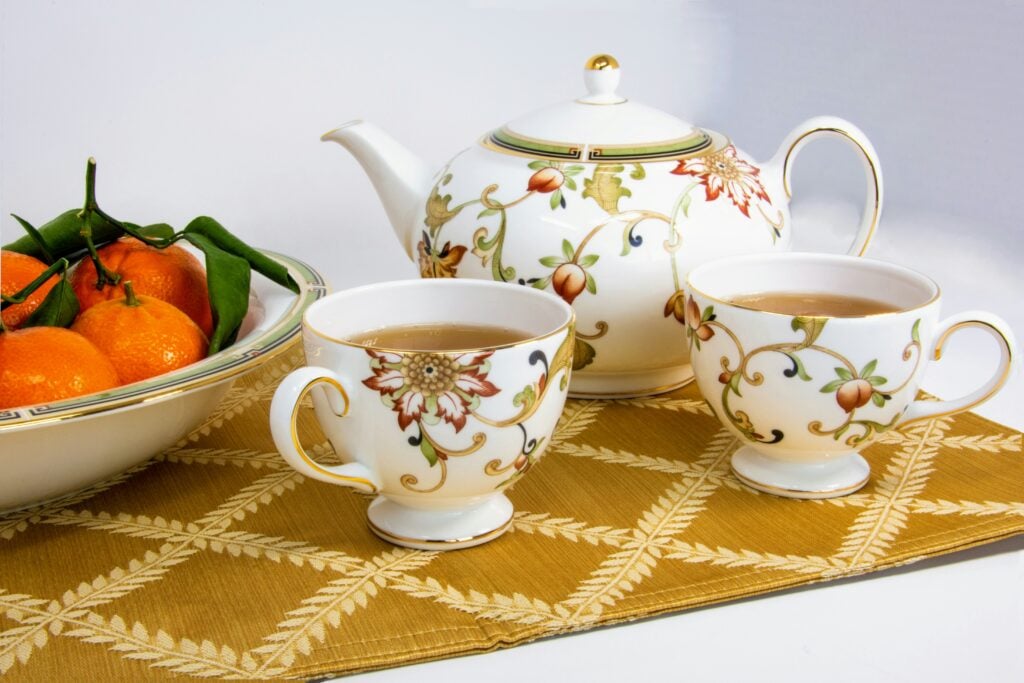
You want to enjoy all the luxury and fun of freshly steeped tea poured from a teapot. Nothing is as calming and delightful as a morning, evening, or afternoon pot of tea. But you also don’t want to scrub down your teapot and spend your time getting all of those pesky tea stains off of your porcelain teaware. It takes time to clean a teapot and traditional teaware properly.
Porcelain and metallic teaware can be difficult to keep stain-free because of the materials they are made with. Over time, the glaze on your teaware might start to crack — these little grooves are a haven for stains and bacterial growth. The cracked glaze is also very bad for your health!
Because porcelain is porous, it’s sealed with glazes to make it waterproof. Porcelain isn’t harmful, but the glazes that coat and decorate teaware can contain lead and cadmium. These toxic chemicals leach into your tea when they start to wear down or crack — all it takes is direct contact with hot food or water to release these toxins into your tea, and the long-term health effects on you can be detrimental.
The good news is, if you’re looking for teaware that’s actually good for your health and easy to care for, we have just the thing for you.
The Incredible Teaware You Can’t Live Without
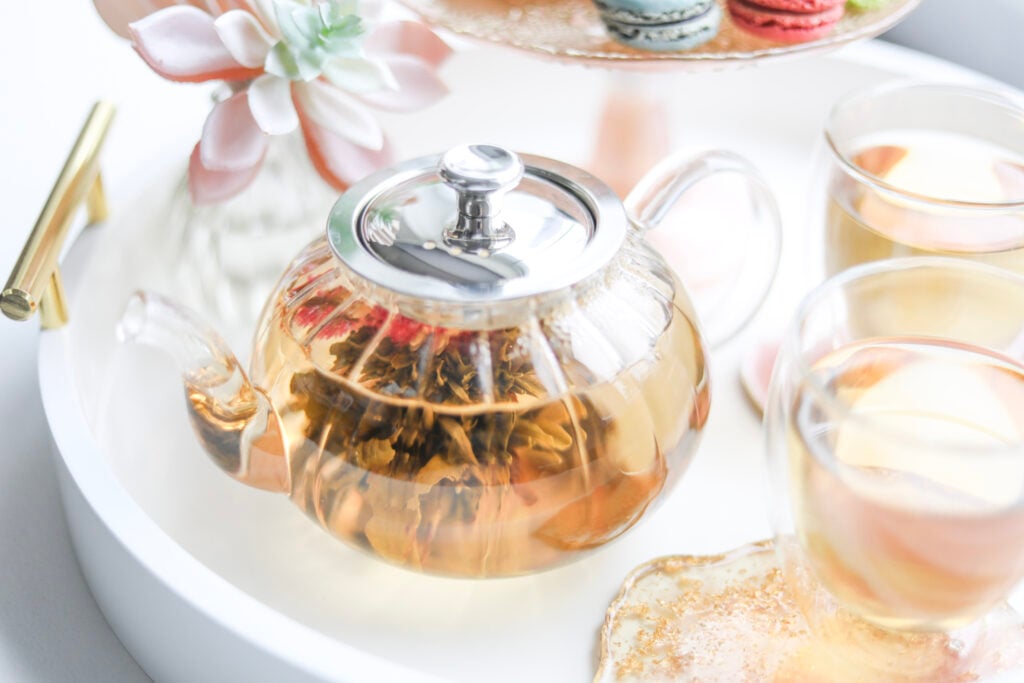
If you want to know how to clean your teapot with ease, the ideal teaware material for you is borosilicate glass. This beautiful and sustainable material is so durable and pure that it’s used for storing nuclear waste. It’s also used to make sanitary and chemical-free laboratory vessels such as beakers, storage bottles, and flasks.
Borosilicate glass has been crafted to withstand very high and very low temperatures, and fluctuating temperatures as well — What does this mean for you and your new teaware?
It means that you can boil your tea directly over the stove, you can put your teapot in the microwave or dishwasher, and you can also transfer your pitcher full of steeped hot tea to the fridge without worrying about it breaking or shattering. Borosilicate glass is an incredible material that’s changing teaware for the better.
Not only is a borosilicate glass teapot easy to use, but it is incredibly easy to clean, it’s stain-free, and odor-free. Because it isn’t painted with glazes or made with metals, borosilicate glass teapots, and teaware won’t leach toxic lead and cadmium into your tea. You can enjoy the pure, unaltered taste of your tea the way it was meant to be enjoyed. And cleaning your teapot can be achieved with minimal effort.
Taking Care of Your New Borosilicate Glass Teaware
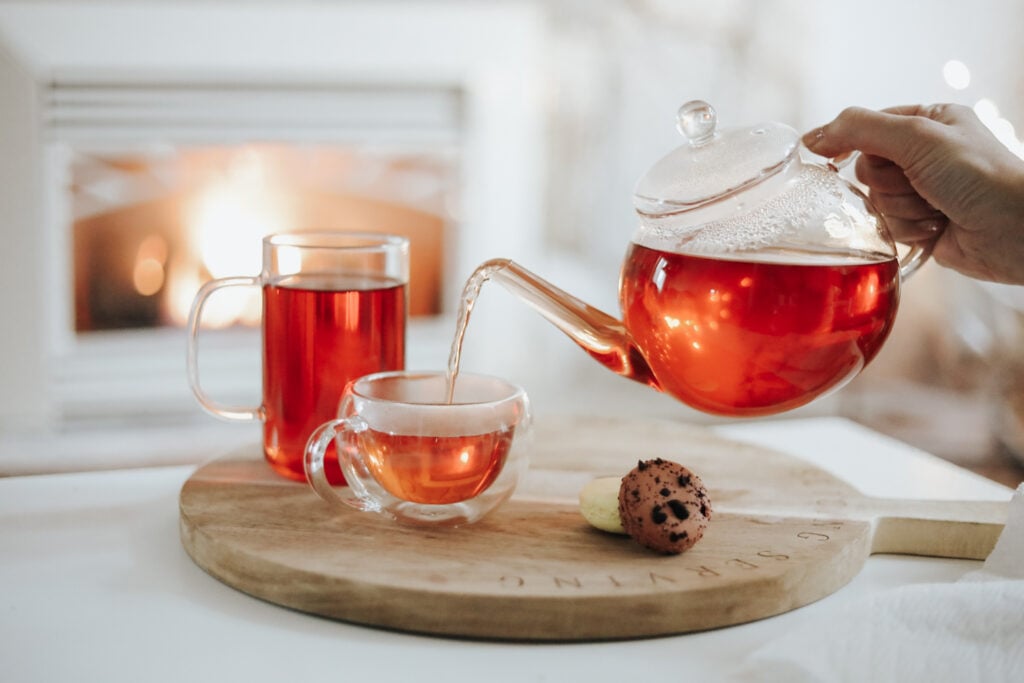
Learning how to clean a glass teapot might be almost as easy as drinking your tea. Not only is borosilicate glass functional but it is classy and beautiful.
You can watch your tea unfold in your transparent glass teapot. You can keep track of how long your tea has steeped and observe how strong your tea has gotten.
You can get a teapot with a removable infuser. With a tea infuser, you can remove your tea leaves as soon as your tea is done steeping to avoid any bitter flavors — just remove the infuser when it’s precisely steeped for your taste.
The Initial Checkup - Inspecting Your Teaware
When you open your new tea set at home, you’ll want to examine every piece in the bright sunlight. Even brand-new borosilicate glass teaware can get damaged while shipping or making its way home — just like any kind of teaware.
Hold up each glass in the sunshine — examine every spoon, tea cup, and teapot in the bright light. Look for any chips, fractures, or cracks that look like stars. Do not use your teaware if it’s damaged or cracked.
Different Temperatures for Different Teas
Borosilicate glass teaware can withstand incredible temperatures which is one of the reasons cleaning your teapot is so easy. You can boil and prepare your hot water in a tea kettle or all-brew pitcher, or you can heat the water in your teapot right over the stove — just make sure to remove your teapot from the stovetop once the water reaches the ideal temperature for your tea.
Borosilicate glass tea pitchers can steep hot tea, and they can be transferred instantly to the refrigerator to chill. You can also flash-chill your strong hot tea to create instant iced tea.
Want to know the easiest way to clean your teapot? Pop it in the dishwasher. Borosilicate teaware is dishwasher-safe and microwave-safe. Just make sure to take out all of the metal strainers or other metallic components if you reheat the glass in the microwave.
Cleaning Your Borosilicate Teaware
Unlike porcelain and metallic teapots, cleaning your glass teapot is a breeze. Borosilicate glass is non-porous and doesn’t need heavy scrubbing to get a sparkling shine. Because borosilicate glass is a stain-free material, you can simply wipe off any tea residue.
How do you clean a teapot that has lingering odors? With a borosilicate teapot, you don’t have to worry about this either. Unlike metal and porcelain or clay, borosilicate is odor-free which means odors won’t cling to it. This means you can use your teaware for a plethora of different teas and drinks without flavor cross-contamination.
Take care of your teaware and avoid hitting or bumping it on the sink or countertops. Borosilicate glass is strong, but it’s not invincible and should be handled with care. Using a soft cloth or sponge is ideal for borosilicate glass.
You will want to avoid using rough brushes and harsh sponges that could potentially scratch the glass. To properly clean your teapot a softer bristle brush will reach all of the little nooks and crannies. Make sure to get a soft brush with a plastic or wooden handle, so you are less likely to damage your teapot.
If you do have a rare stain, clean your teapot with a little vinegar to remove it. Overall, your borosilicate teapot will require very little scrubbing — if any — and you will never have to worry about the glass rusting or corroding.
Borosilicate teaware is simply marvelous!
Find Your Borosilicate Teaware at Teabloom
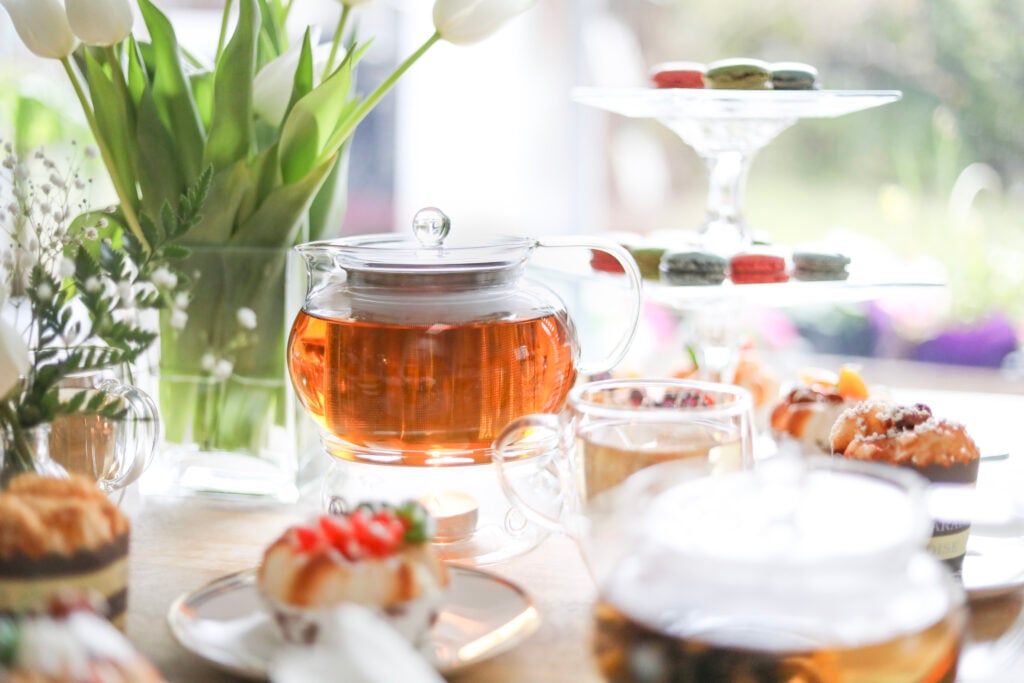
The tea industry is massive. You will find very few tea businesses that are as passionate and value-driven as Teabloom. Their collections are built upon the tea inspirations from Western and Eastern styles. Teabloom is on a mission to give tea lovers healthy, clean, and pure teaware that elevates the tea experience and makes teatime accessible, healthy, and sustainable.
Your health, and the health of the plant, go into every decision and every product created at Teabloom. Their USDA Certified Organic Teas are ethically sourced and they’ve created completely compostable tea bags that you can feel good about using.
Teabloom has the largest selection of beautiful and functional borosilicate glass teaware. They carry luxurious teapots, sturdy mugs and cups, and tea tumblers made with sustainability in mind.
Explore the exquisite hand-crafted borosilicate glass teaware of Teabloom, today.



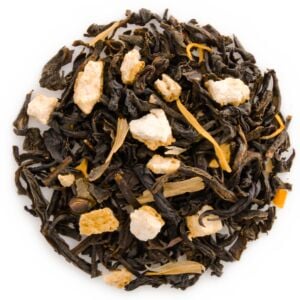
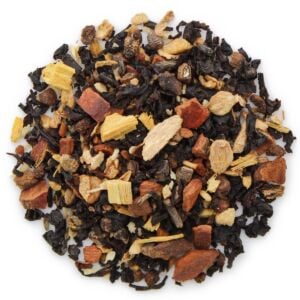
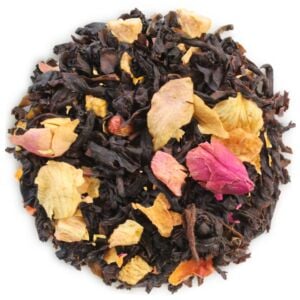

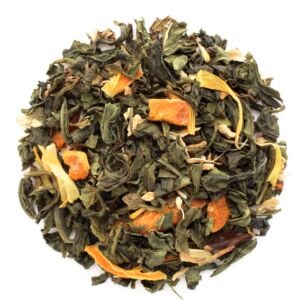
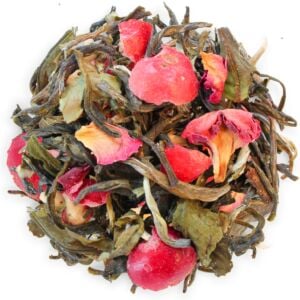
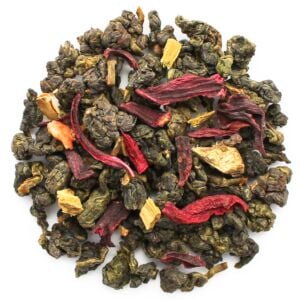
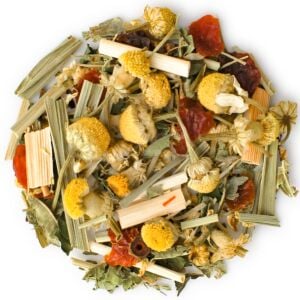
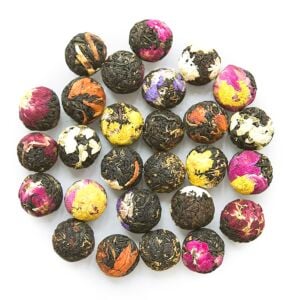



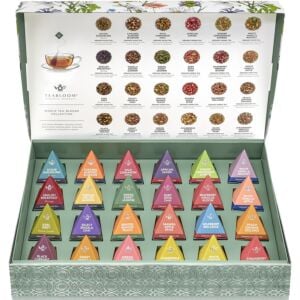



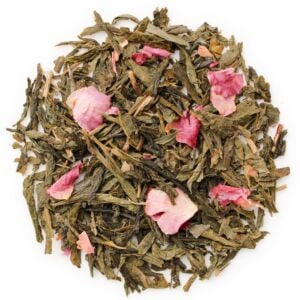

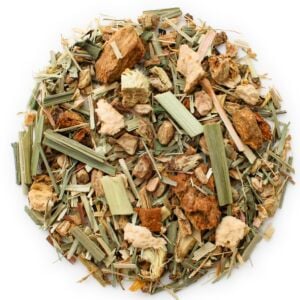

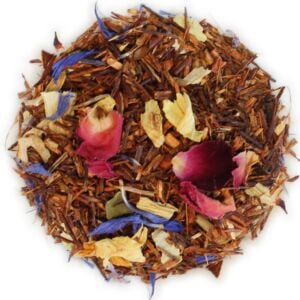
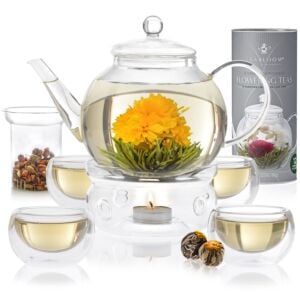
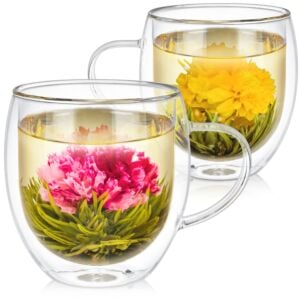
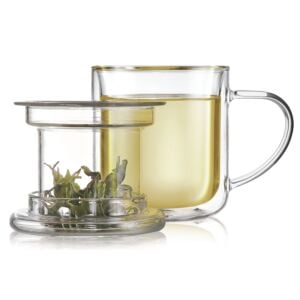
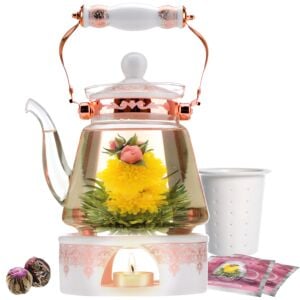
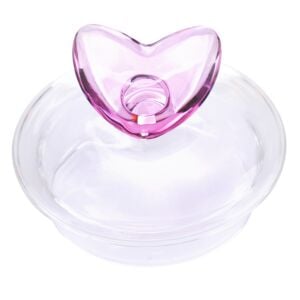
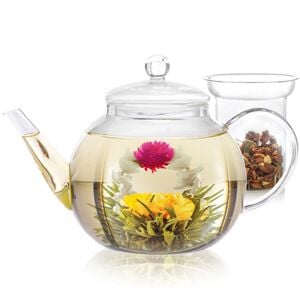


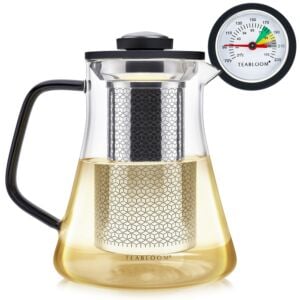
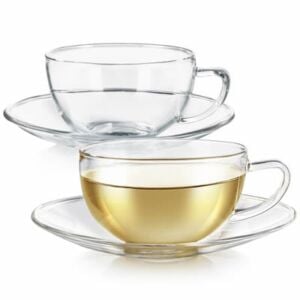
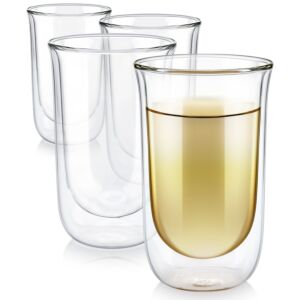
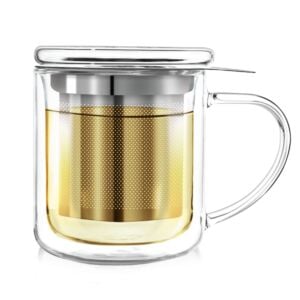
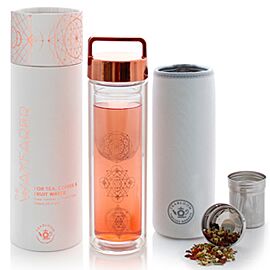

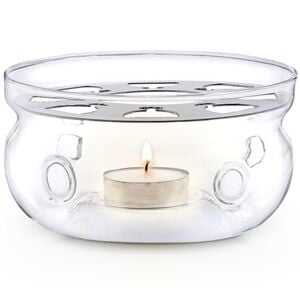
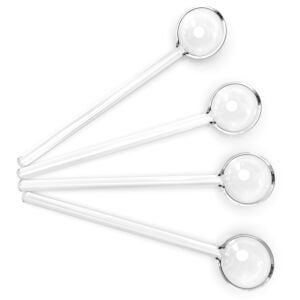
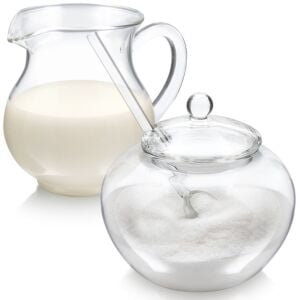
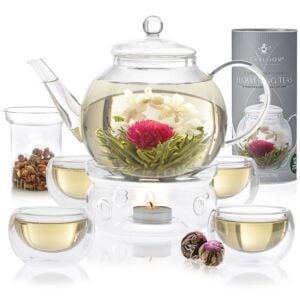
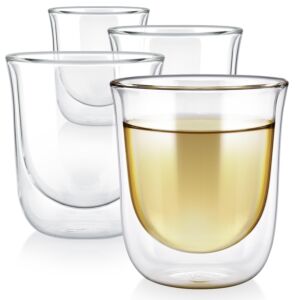


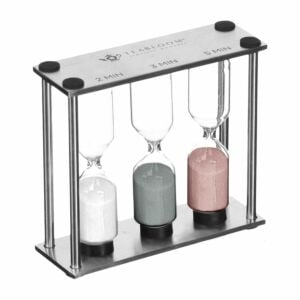
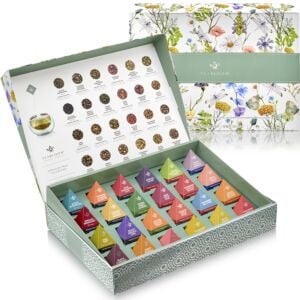

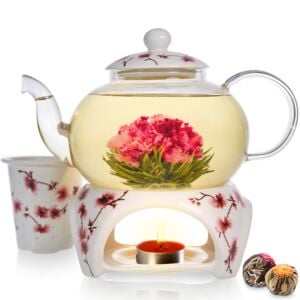
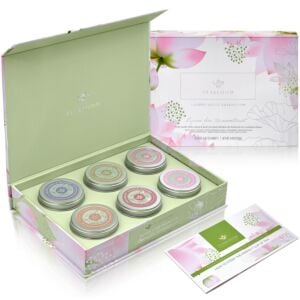

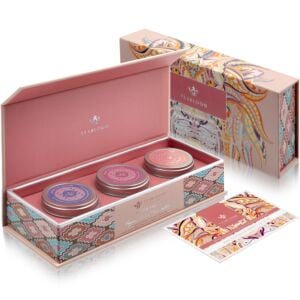



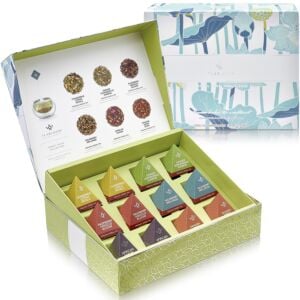
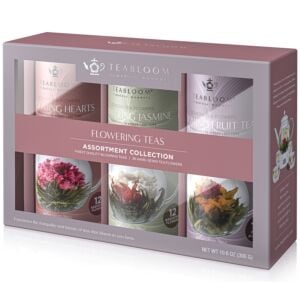


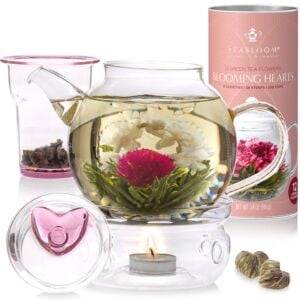




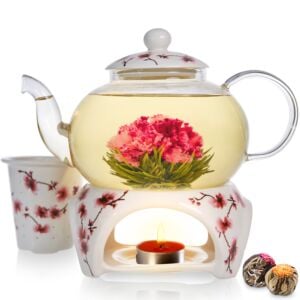
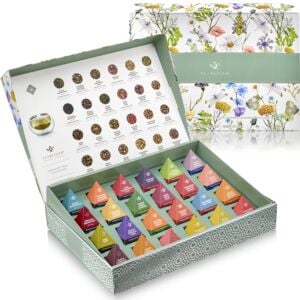
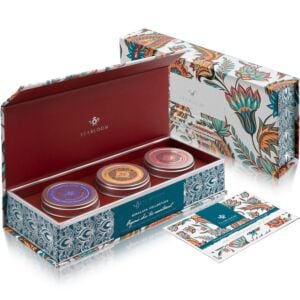
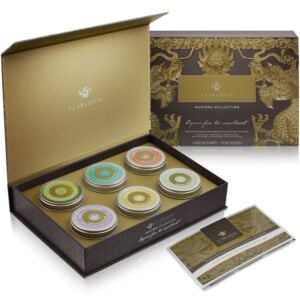


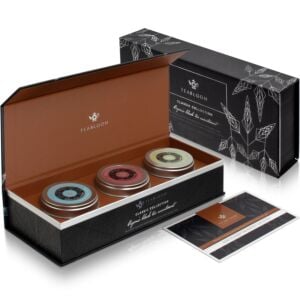



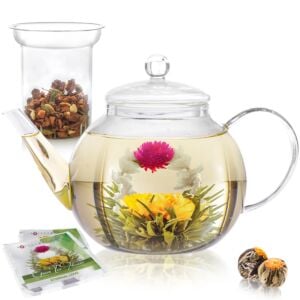
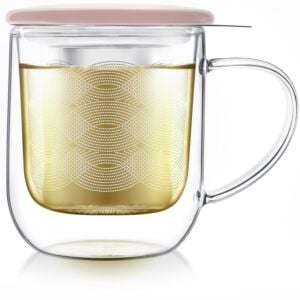

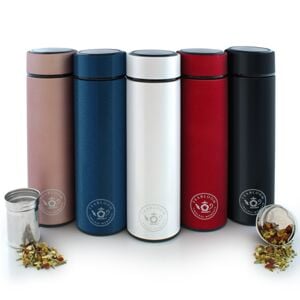
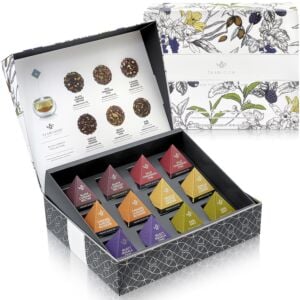


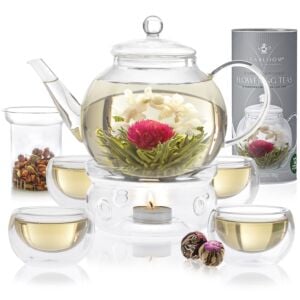
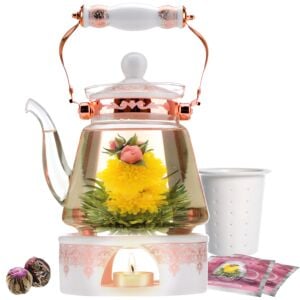
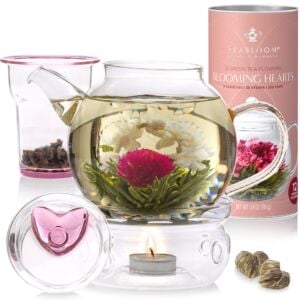


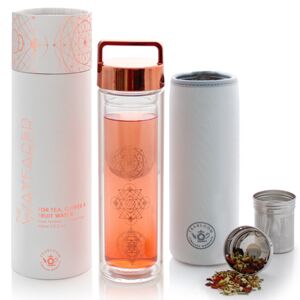

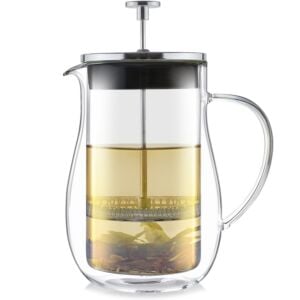


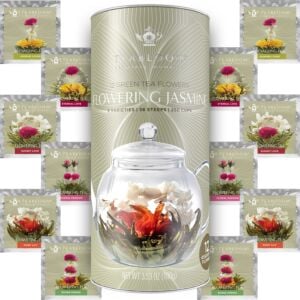


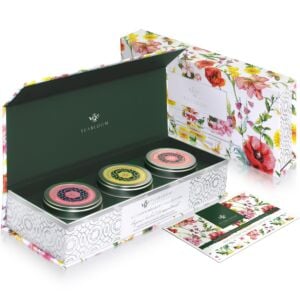



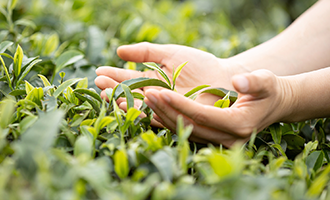
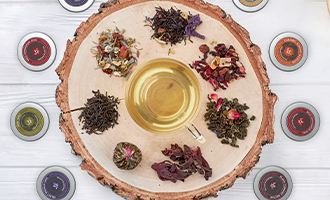
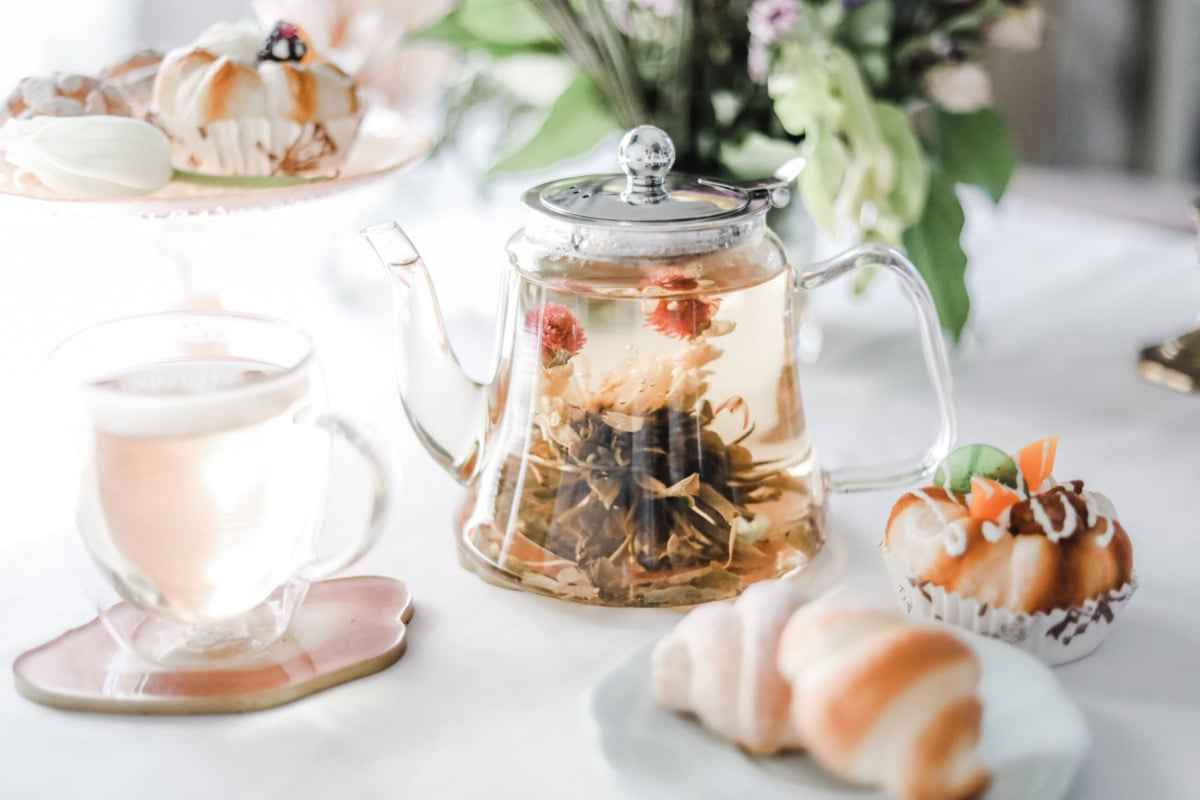


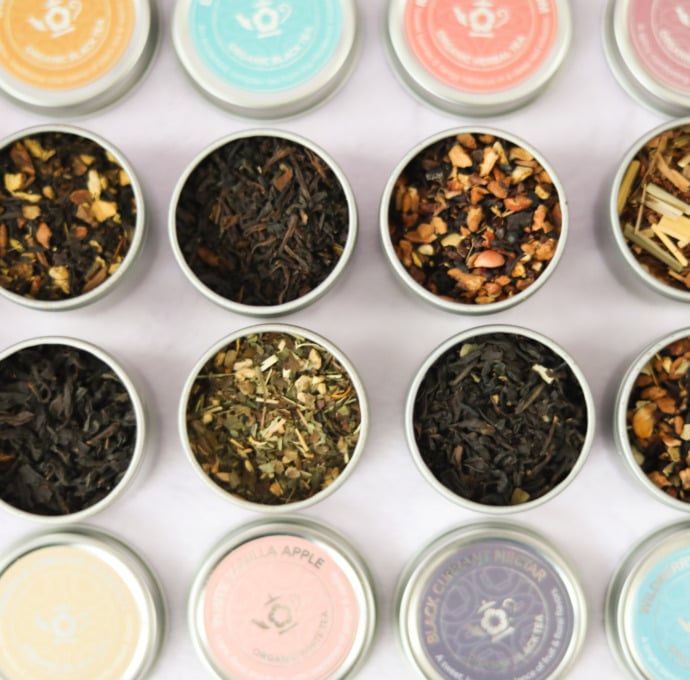
Share your thoughts